This display features contemporary artworks that have been acquired for Wakefield since The Hepworth Wakefield opened in 2011. These are shown together with loans representing contemporary artists whose first solo exhibitions in the UK we have presented, including Enrico David, Tau Lewis and Dana Schutz.
Eva Rothchild’s Wandering Palm entered the collection following the museum’s inaugural exhibition by the artist. Veronica Ryan’s Particles was commissioned in partnership with The Art House in Wakefield in 2017, and photographs from Martin Parr’s Rhubarb Triangle series were gifted to the collection following their commission with local communities.
A number of works by artists shortlisted for The Hepworth Prize for Sculpture have recently been added to the collection including Steve Claydon and Michael Dean, as well as a sculpture by the winner of the first prize, Helen Marten, purchased by The Hepworth Wakefield with its Art Fund Museum of the Year prize money.








